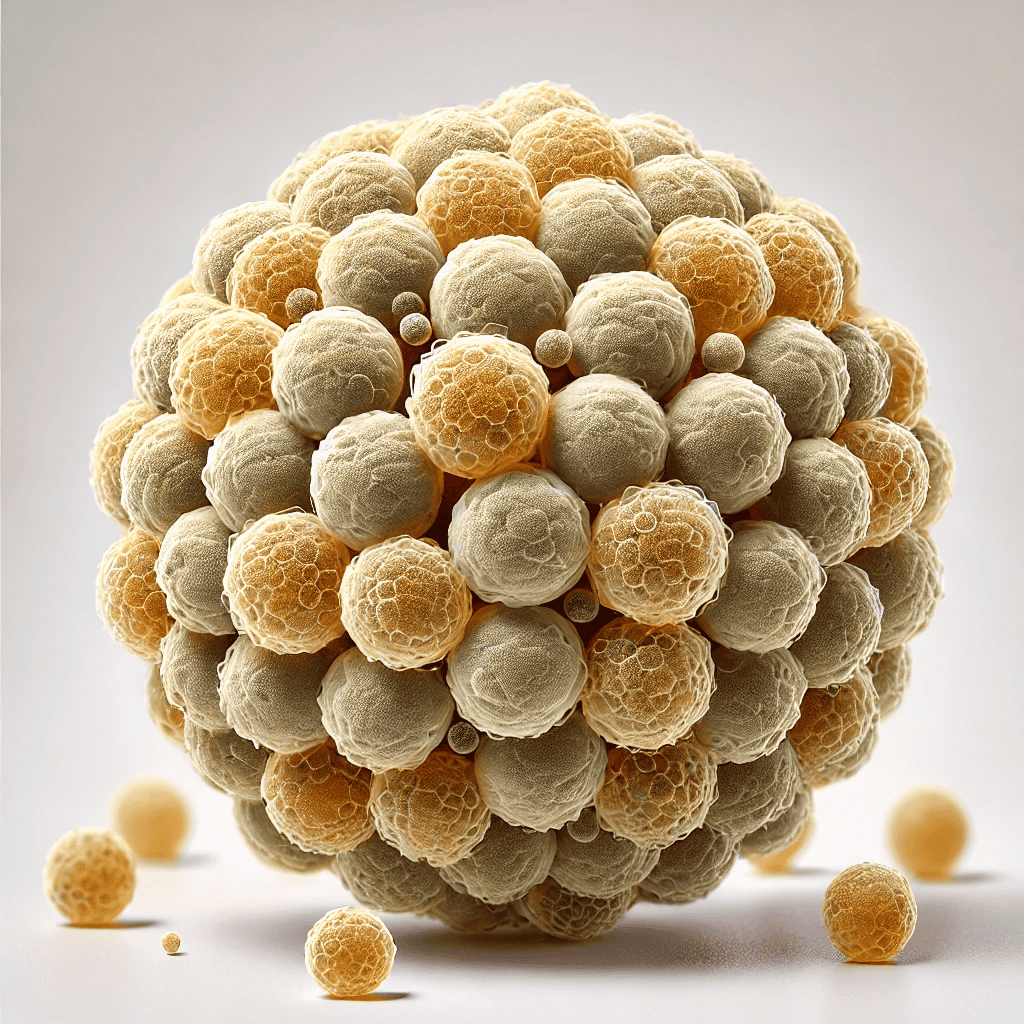Red Bumps After Vulvar Hair Removal: What’s Happening to Your Skin?

Have you ever looked in the mirror after grooming your intimate area and felt shocked by small, red, itchy bumps? You’re not alone. Whether you wax, shave, or use laser hair removal, many women experience irritation, redness, and even painful pimples after hair removal.
Vulvar Hair Removal and Red Bumps:
But what do these bumps really mean? Are they harmless? Should you worry? And how can you prevent them?
Let’s talk about the science, the emotions, and the solutions behind this common but rarely discussed skin issue.
Why Do We Remove Pubic Hair?
For many women, removing pubic hair is about more than hygiene. It’s tied to feelings of beauty, sexuality, and confidence. Research shows that women who remove their pubic hair often do so because it makes them feel cleaner, more attractive, and more desirable—motivated by social norms, personal preference, or partner expectations (Eltobgy et al., 2024).
In some cultures, hair removal is linked to religious or traditional practices. In others, it’s influenced by media images of hairless, smooth bodies. Whatever the reason, it’s an intimate choice that reflects how we see ourselves—and how we want others to see us.
But unfortunately, beauty comes with risks.
Vulvar Hair Removal and Red Bumps: What’s Going On?
Those tiny, red bumps after grooming aren’t random. They have medical explanations, and understanding them can help you treat—and prevent—them.
The most common causes include:
- Irritation of the hair follicles (folliculitis): When hair is removed, the tiny openings around each hair can get inflamed. This creates small, red or white bumps, sometimes with pus inside.
- Ingrown hairs: When a new hair grows back, it may curl and re-enter the skin instead of growing outward. This causes painful, raised bumps.
- Skin microtrauma: Shaving, waxing, and other methods can create small cuts or irritation in the sensitive vulvar skin. These micro-injuries make it easier for bacteria to enter, leading to infection or inflammation.
- Blocked sweat glands: In rare cases, laser hair removal can trigger a condition called Fox-Fordyce disease, where sweat glands get blocked, creating itchy, firm bumps in the pubic or armpit area (Sepaskhah et al., 2024).
Each cause has its own treatment—but they often look similar on the surface.
Vulvar Hair Removal and Red Bumps: Is It Dangerous?
For most women, post-hair-removal bumps are temporary and harmless. They may itch or sting, but they usually fade within days.
But in some cases, bumps can be a sign of:
- A skin infection that needs medical treatment
- A sexually transmitted infection (STI) mistaken for folliculitis
- A rare reaction to laser treatments like Fox-Fordyce disease
In a large study, researchers found that pubic hair grooming increases the risk of minor injuries like cuts and abrasions—and that these small injuries can, in rare cases, increase the risk of certain STIs (Eltobgy et al., 2024).
That doesn’t mean hair removal is unsafe. It means it’s important to do it safely.
Vulvar Hair Removal and Red Bumps: How to Prevent !
- Exfoliate before hair removal: Use a gentle scrub or washcloth to remove dead skin cells. This reduces the risk of ingrown hairs.
- Use a clean, sharp razor: Dull blades tug on hair instead of cutting it cleanly, irritating the skin.
- Shave in the direction of hair growth: This reduces trauma to the hair follicle.
- Skip fragranced products: Use mild, unscented soaps and moisturizers to avoid irritation.
- Wear loose cotton underwear afterward: Tight clothes increase friction and trap sweat.
- Avoid touching or picking bumps: This prevents further irritation or infection.
If you’re prone to ingrown hairs, talk to a dermatologist about chemical exfoliants (like glycolic acid) or medical treatments that can prevent them.
Laser Hair Removal: Worth It?
Many women turn to laser hair removal hoping for smoother results. But while lasers can reduce hair growth long-term, they’re not without risks.
A rare but documented complication is Fox-Fordyce disease, where sweat glands near hair follicles become blocked after laser treatment, creating itchy, raised bumps (Sepaskhah et al., 2024).
If you notice bumps that last weeks or months after laser treatments, it’s worth seeing a dermatologist to rule out this condition.
Vulvar Hair Removal and Red Bumps: What If It’s More Than Just Bumps?
Sometimes, bumps that appear after hair removal aren’t just skin irritation. If you notice:
- Painful sores or ulcers
- Bumps filled with pus that don’t improve
- Bumps spreading or growing larger
- Fever or swollen lymph nodes
…it’s time to see a doctor. These may be signs of an infection—or a condition unrelated to hair removal.
Vulvar Hair Removal and Red Bumps: Your Skin, Your Choice
Here’s the truth: You don’t need to remove your pubic hair to be clean, beautiful, or feminine. It’s your body—and your decision.
But if you choose to groom, do it safely. Understand the risks. Listen to your skin. And never feel embarrassed to ask your doctor for help.
Every bump, every redness, every tiny irritation is your skin talking to you. Pay attention. Care for it gently. And remember: beauty should never hurt.
Vulvar Hair Removal and Red Bumps: Want to Learn More?
If you’ve ever felt frustrated by red bumps, ingrown hairs, or irritation after vulvar hair removal—there’s more to know!
Read our full article at Vittafemme.com and listen to our latest podcast at Vittafemme.com/podcasts for expert advice and real stories.
References :
- Sepaskhah, M.; Hamedpour, R.; Aslani, F.S. Hair removal laser-induced Fox–Fordyce disease emerging on the axillary and pubic areas: Report of a case and review of literature. Clinical Case Reports, 2024; 12:e8621.
https://doi.org/10.1002/ccr3.8621
- Eltobgy, A. et al. Effects of pubic hair grooming on women’s sexual health: a systematic review and meta-analysis. BMC Women’s Health, 2024; 24(171).
https://doi.org/10.1186/s12905-024-02951-1
Disclaimer: This post is for educational purposes only and does not replace medical advice. Always consult with a qualified professional before starting any treatment.

